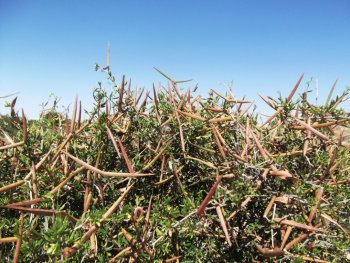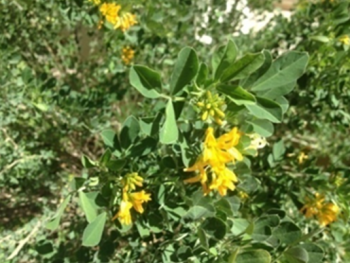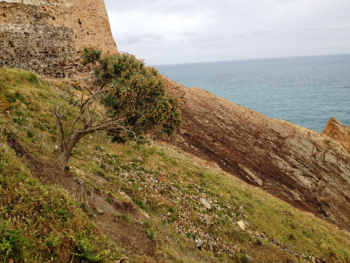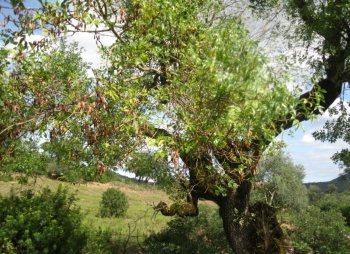Optimisation techniques of multiplication of Periploca angustifolia L.
The Periploca angustifolia is a native shrub widely distributed in the Mediterranean region. This species is threatened because of its medicinal properties, its pastoral interest and its role in the fight against soil erosion. The main objective of this work is to master the germination and multiplication techniques of Periploca angustifolia L.




